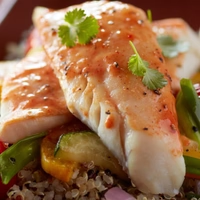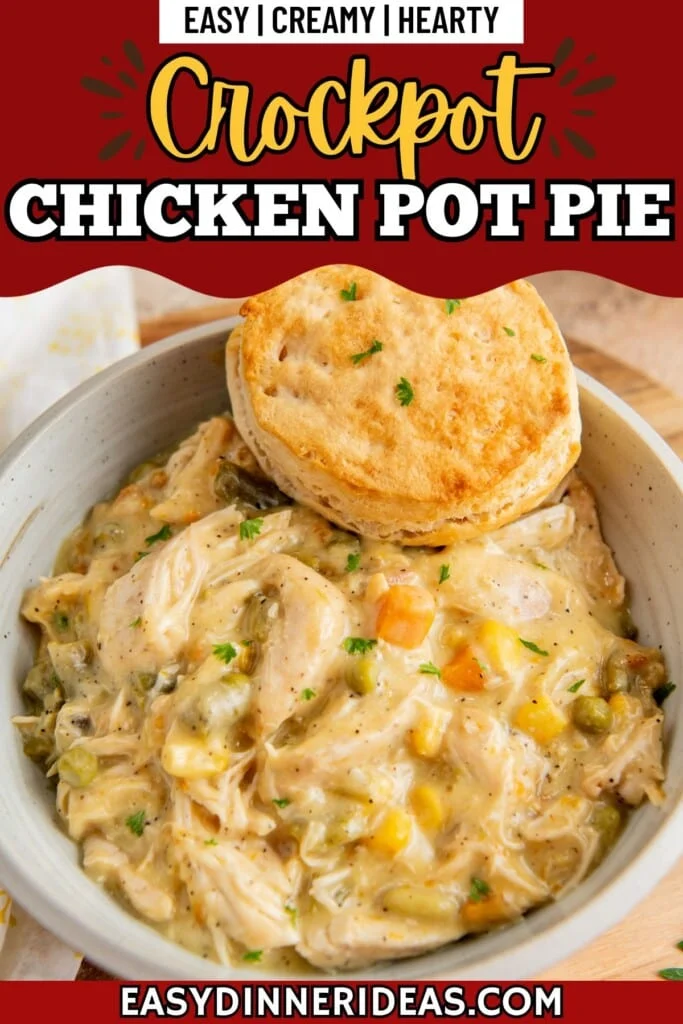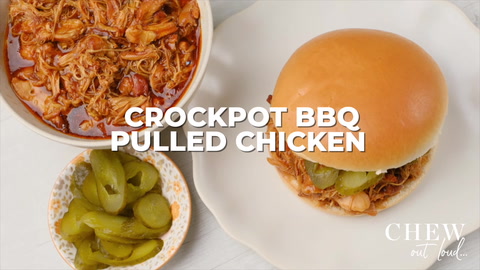Tapioca Flour Recipes: Creative Ways to Cook, Bake, and Enjoy This Versatile Ingredient
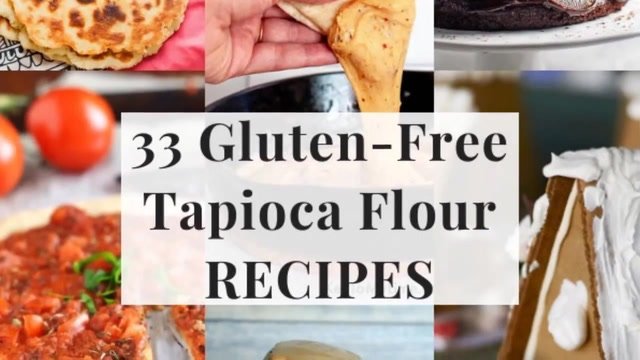
Introduction
In the world of gluten-free and elective Tapioca Flour, few ingredients have picked up as much attention as custard flour. Extricated from the bland roots of the cassava plant, this normally gluten-free Tapioca Flour is prized for its capacity to include flexibility, structure, and a plush surface to both sweet and savory dishes. It is broadly utilized in South American, Asian, and African cuisines but has presently gotten to be a staple in kitchens worldwide.
What makes custard flour stand out is its flexibility. It can thicken sauces, help gluten-free prepared merchandise, make chewy flatbreads, and indeed make those popular boba pearls in bubble tea. Whether you’re a prepared gluten-free bread cook or basically looking for unused washroom staples, investigating custard flour formulas can open up a world of culinary possibilities.
In this comprehensive direct, we’ll jump into the most prevalent and inventive ways to utilize custard flour, give viable tips for cooking with it, and share tasty recipe ideas that highlight its unique qualities.
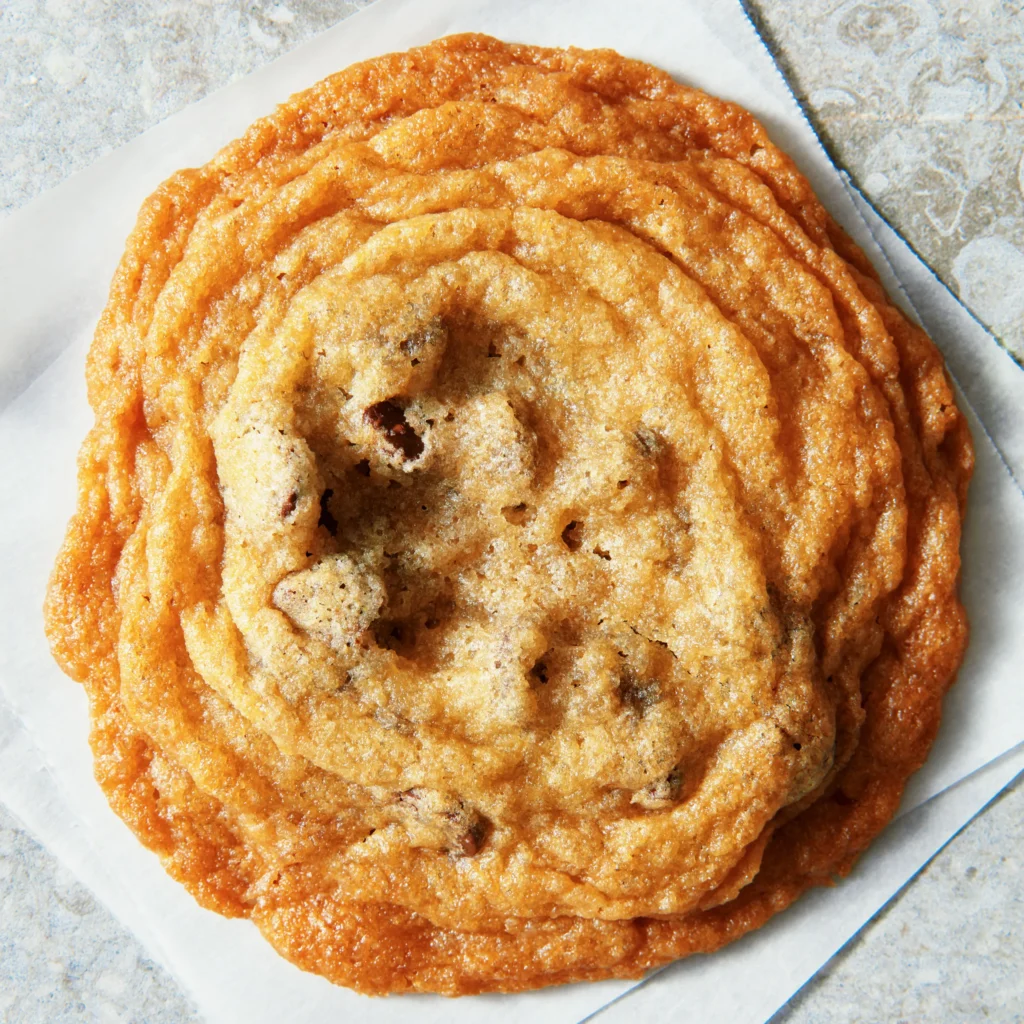
What Is Custard Flour?
Custard flour, in a few cases labeled as custard starch, comes from the cassava root. After the root is peeled, washed, and pulped, the flat liquid is removed, dried, and ground into a fine white flour.
It’s vital to recognize custard flour from comparative products:
Cassava flour – made from the whole cassava root, giving it more fiber and a more grounded flavor.
Arrowroot flour – another gluten-free starch with comparable thickening properties, but derived from arrowroot plants.
Tapioca flour is prized for being unbiased in taste, smooth in surface, and profoundly adaptable.
Why Utilize Custard Flour in Recipes?
There are a few reasons custard flour has ended up a favorite in both domestic kitchens and commercial gluten-free baking:
Gluten-Free Neighborly – A must-have for individuals with celiac disease or gluten sensitivities.
Adds Chewiness – Gives breads and heated products a charming, versatile quality.
Extraordinary Thickener – Come full circle for sauces, pie fillings, soups, and sauces without altering flavor.
Fresh Surface – Contrasts, making crunchy coatings for browned foods.
Affordable and Broadly Open – Found in most basic supply stores and prosperity food stores.

Essential Tips for Cooking with Custard Flour
Before we plunge into formulas, here are a few vital tips:
Don’t utilize it as a 1:1 wheat flour substitute – Custard flour works best when mixed with other flours.
Watch the warm – When thickening sauces, include custard flour slurry at lower temperatures to dodge stringiness.
Store legitimately – Keep it in a waterproof holder to prevent clumping.
Use sparingly in heating – Too much can make prepared merchandise gummy.
Popular Custard Flour Recipes
Now, let’s investigate a few of the most cherished and inventive ways to utilize custard flour in your kitchen.
1. Brazilian Cheese Bread (Pão de Queijo)
Perhaps the most popular custard flour formula, this Brazilian nibble is light, breezy, and overwhelmingly cheesy.
Ingredients:
Tapioca flour
Eggs
Milk
Oil or butter
Grated cheese (regularly Parmesan or mozzarella)
Why It Works: The custard flour gives the bread its chewy, stretchy insides while still being gluten-free.
2. Custard Flour Pancakes
A gluten-free twist on classic flapjacks, custard flour can be combined with rice flour, almond flour, or coconut flour to make cushy stacks.
Tips:
Mix with squashed bananas or applesauce for common sweetness.
Pair with maple syrup or new fruit.
3. Gluten-Free Breads and Muffins
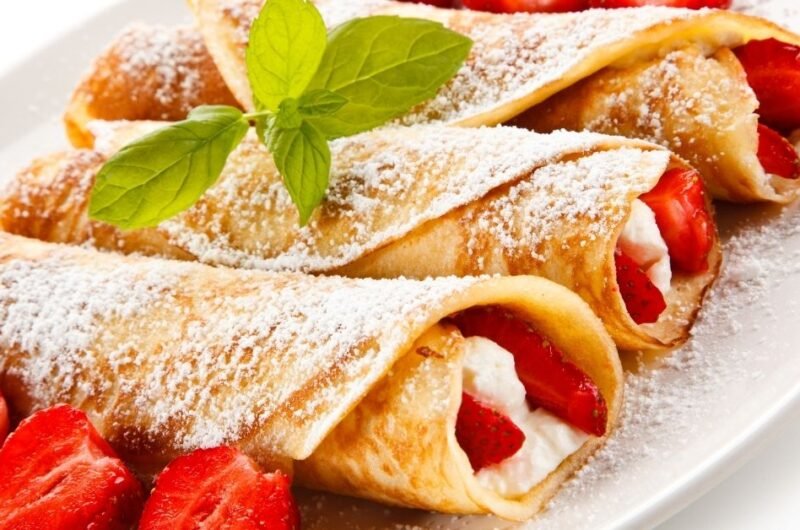
Custard flour is at times utilized alone but shines when blended with flours like almond, rice, or sorghum. It makes strides adaptability, making gluten-free bread less brittle.
Examples:
Tapioca sandwich bread
Blueberry biscuits with custard starch
Gluten-free flatbreadshoc
4. Fresh Fricasseed Foods
Need a brilliant, crunchy exterior? Utilize custard flour to coat chicken, shrimp, or vegetables a few times as of late frying.
Why It Works: Custard flour holds less oil than wheat flour, resulting in a crispier texture.
Popular Dishes:
Taiwanese popcorn chicken
Crispy calamari
Tempura-style vegetables
5. Sauces, Soups, and Gravies
Tapioca flour acts as a sleek thickener for liquid-based dishes. Not at all like cornstarch, it gives sauces a gleaming wrap-up and solidifies well without separating.
Examples:
Stir-fry sauces
Fruit pie fillings
Cream-based soups
6. Custard Crepes (Brazilian-Style)
These basic crepes are made with hydrated custard flour squeezed into a skillet until they form a chewy flatbread.
How to Enjoy:
Fill with cheese, ham, or veggies for savory versions.
Add chocolate, Nutella, or a normal item for sweet crepes.
7. Gluten-Free Pizza Crust
Tapioca flour is a common fix in gluten-free pizza mixture formulas. When combined with cheese and eggs, it shapes a stretchy, chewy outside reminiscent of conventional pizza.
8. Bubble Tea Pearls (Boba)
Tapioca pearls are the heart of bubble tea. They’re made by combining custard flour with bubbling water to shape a batter, at that point rolling it into little balls that are boiled until chewy.
Flavors:
Traditional brown sugar pearls
Matcha or fruit-flavored boba
Mini custard pearls for puddings
9. Custard Puddings and Desserts
Past pearls, custard flour can be utilized to thicken custards, puddings, and mousses. It gives a smooth, smooth base without changing the flavor.
10. Paleo and Vegetarian Baking
Custard flour is widely guseda handle on in paleo and veggie darling recipes since it’s grain-free and plant-based. It incorporates structure and adaptability to arranged stock without eggs or gluten.
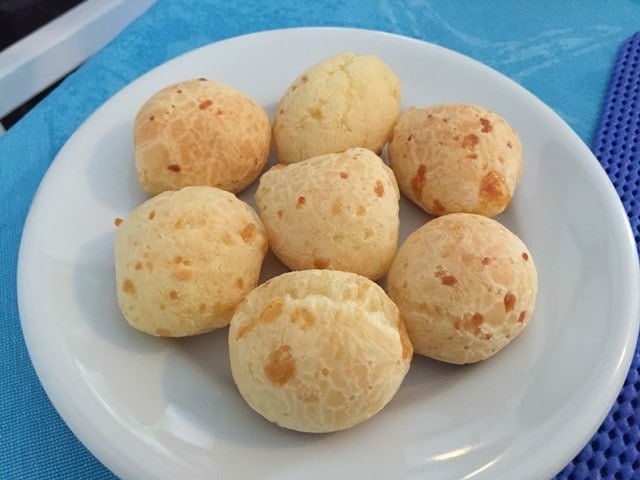
Combining Custard Flour with Other Flours
Since custard flour works best in mixes, here are a few prevalent pairings:
Tapioca + Rice Flour → Extraordinary for light and feathery cakes.
Tapioca + Almond Flour → Perfect for chewy treats and brownies.
Tapioca + Coconut Flour → Works well for hotcakes and fast breads.
Tapioca + Cassava Flour → Upgrades surface in gluten-free breads.
International Formulas Utilizing Custard Flour
Different societies have long-standing conventions of utilizing custard flour:
Brazil – Pão de queijo, custard crepes
Thailand – Custard dumplings filled with savory pork and peanuts
India – Sabudana khichdi (custard pearl stir-fry)
Philippines – Custard sweets like sago’t gulaman (a sweet drink with custard pearls)
Africa – Cassava-based flatbreads and porridges
Nutritional Profile of Custard Flour
While custard flour is gluten-free, it’s vital to note its dietary aspects:
Calories: Tall in carbohydrates, moo in fat and protein
Gluten-Free: Safe for celiac and gluten-sensitive individuals
Easily Edible: Frequently suggested for individuals with stomach-related sensitivities
Low in Supplements: For the most part, starch, so best combined with nutrient-dense food.s
Storage and Rack Life
Tapioca flour is exceptionally shelf-stable. Store it in:
A hermetically sealed container
A cool, dry pantry
For a longer capacity, in the ice chest or freezer
Properly put absent, it can last up to 2 a long time.
Conclusion
From chewy Brazilian cheese bread to bubble tea pearls and gluten-free heated products, custard flour formulas grandstand fair how flexible this fixing can be. It’s a kitchen staple for anybody investigating gluten-free, paleo, or universal cooking, and its capacity to include chewiness, freshness, and structure makes it a must-have.
Whether you’re thickening a sauce, searing chicken, or heating biscuits, custard flour can change your dishes in scrumptious ways. If you haven’t, however, tested with this gluten-free powerhouse, presently is culminating time to include it in your washroom and begin investigating its potential.


